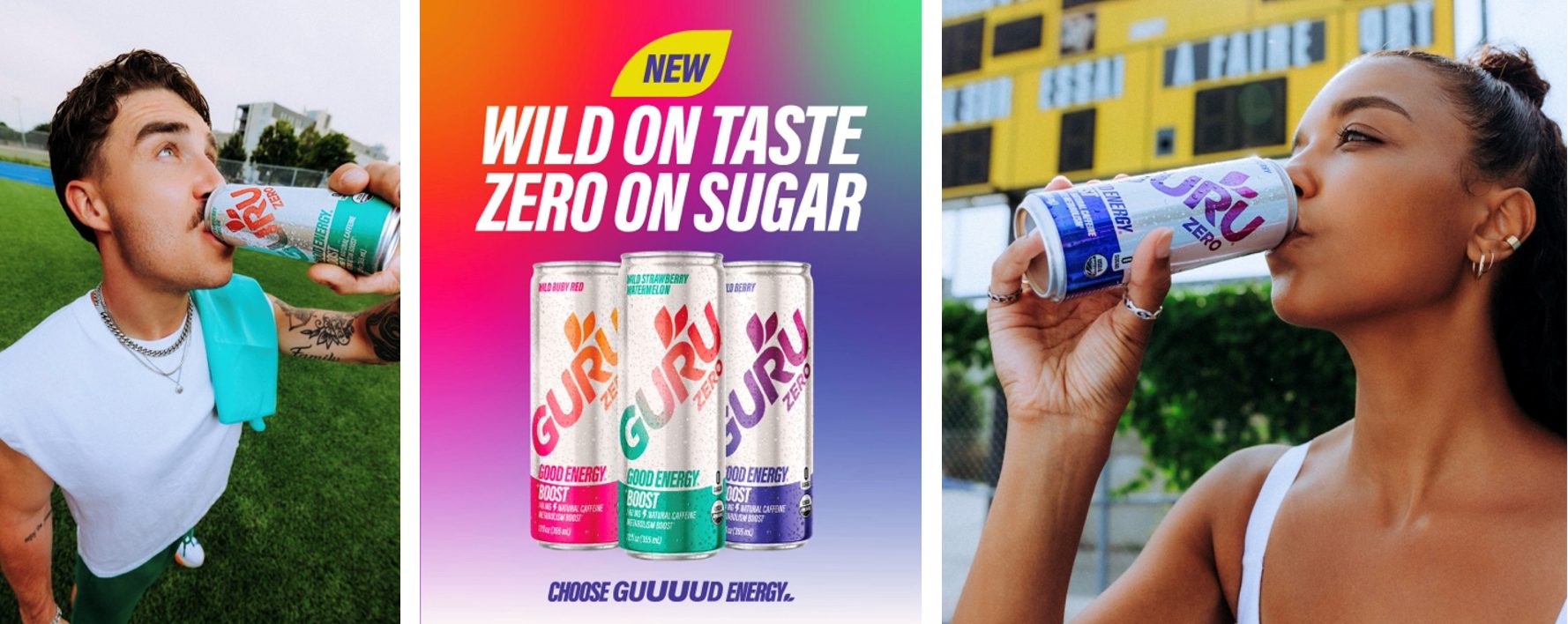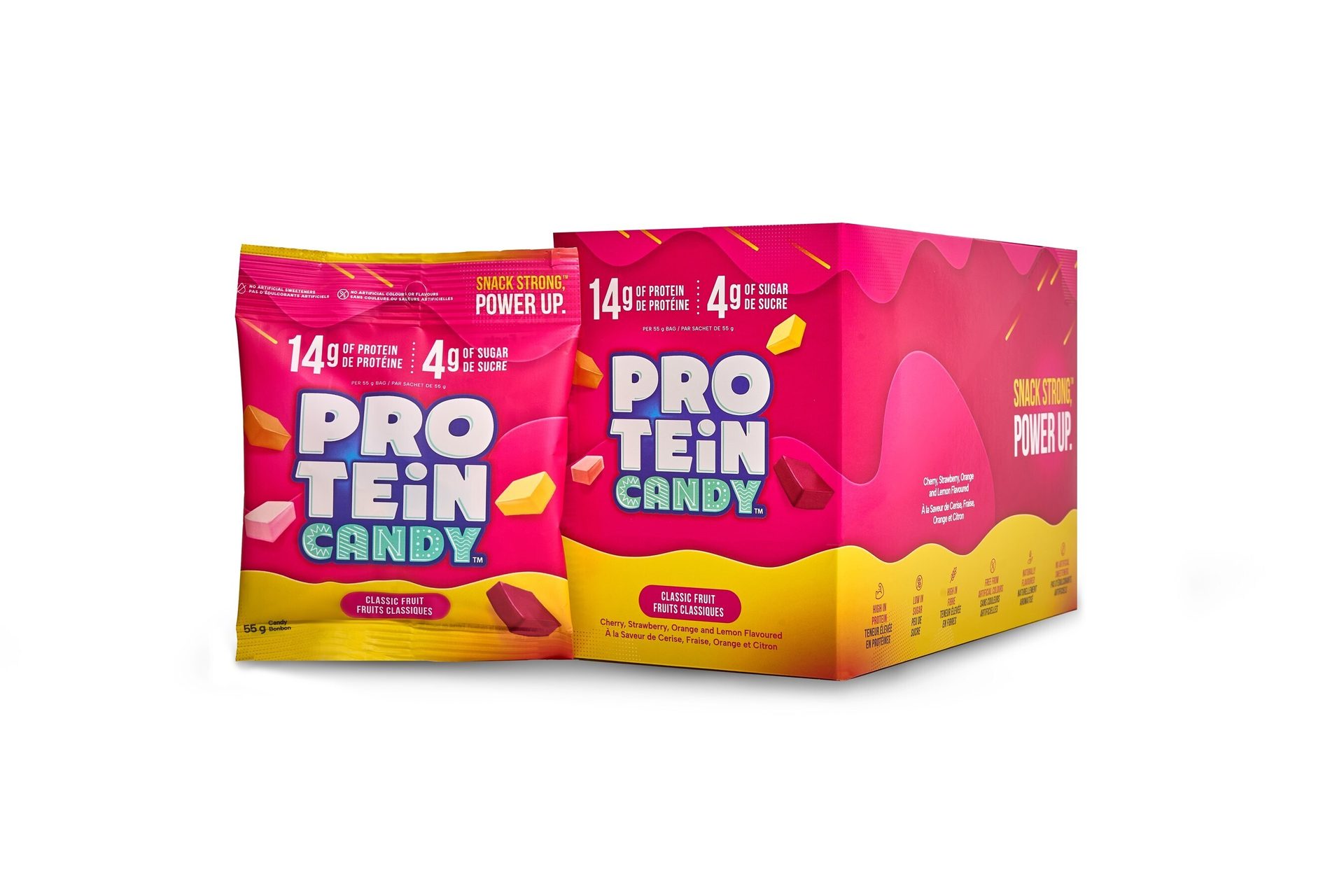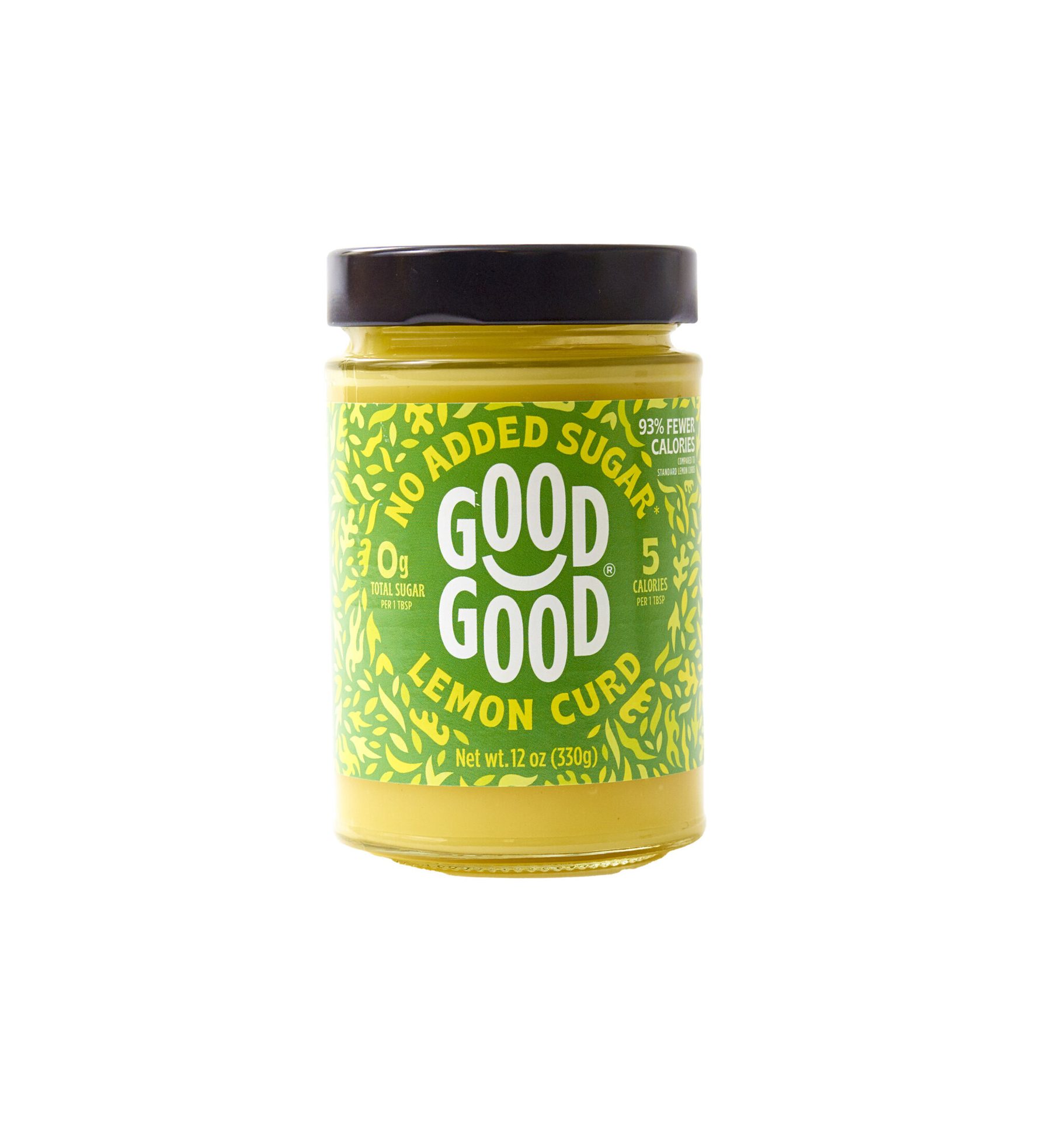Sugar Reduction - Part 2
TRENDS
Formulators embrace new sugar reduction strategies
How Low Can You Go?
Panuwat Dangsungnoen / Getty Images
By Lu Ann Williams, Contributing Editor
Sweeteners in Key Categories
Sugar reduction and sugar-related claims are highly prevalent in the beverage sector. We see significant growth in zero-alcohol beverages, sports nutrition drinks, and soft drinks.
For starters, a new generation of sugar-free alternatives to popular soft drinks offer healthier beverage options. Beverages with no added sugar also are becoming part of the move toward healthier beverages. Sucralose and acesulfame k frequently are used together in established soft drink brands. Stevia and monk fruit extract offer natural alternatives. Beverages with sugar-related claims may carry additional health claims, for example, gluten-free, vegan, and non-GMO, to project a clean and healthy image.
Dairy alternative drinks also are a popular vehicle for sugar-related claims. Because they do not have the naturally-occurring lactose of dairy milks and beverages, they can be promoted as zero sugar.
Stevia and monk fruit or monk fruit extract are popular choices in sports drinks. They appeal to athletes looking for natural, functional beverages that support athletic performance. As with other beverages, sports drinks often bundle together other health and clean label claims.
Not surprisingly, sugar reduction is popular in indulgent categories—namely bakery, confectionery, desserts and ice creams, and fruit-based snacks. Consumers surveyed express lack of willingness to give up indulgences but they are willing to switch to healthier indulgent options. Launches in indulgent categories may be formulated to incorporate several clean and healthy adaptations; for example, a keto pancake mix that is no added sugar, high protein, and gluten free; or candy strips that are plant-based, sugar-reduced, sweetened with natural sweeteners, and free from artificial sweeteners, flavors or preservatives.

More energy, sports performance drinks are address sugar reduction. New organic GURU Zero is formulated without sucralose or aspartame. Rather, the drinks use organic erythritol and fermented sugarcane RebM. GURU Organic Energy Corp
Different sweetener combinations are best suited to particular categories. In confectionery, erythritol, stevia, monk fruit extract, and allulose often are combined to provide sweetness and texture in sugar-free candy and chocolates. For bakery products, the sugar alcohols erythritol, glycerol, and maltitol help replace the bulk of sugar, while stevia and monk fruit extract provide sweetness as natural sweeteners.
Given the widespread appeal of sugar reduction, we are not surprised by expansion of sugar-related claims in savory categories such as ready meals and side dishes and sauces and seasonings. Recent launches include a spaghetti made from hearts of palm that has no added sugar and also is grain-free, gluten-free, vegan, and keto-friendly; a no-added sugar organic pasta sauce; an avocado lime non-GMO dipping sauce with zero sugar and no artificial sweeteners; and a plant-based, MSG-free, sugar-free seasoning blend.
Manufacturers also are expanding options for reduced sugar sweet spreads, including nut spreads, chocolate spreads, and fruit spreads. No-added sugar is the leading claim, with sweetener alternatives incorporating erythritol plus stevia for keto-friendly jam; acesulfame K and sucralose in a new pancake syrup; and dates and monk fruit in a new fruit-flavored nut butter.
Sugar Reduction Forecast
Sugar reduction is a significant trend shaping the US food and beverage landscape, driven by consumer demand, government regulations, and sweetener innovation. As consumers become increasingly health-conscious, we can see manufacturers respond and offer a wide range of sugar-reduced options. They’re utilizing a diverse array of sweeteners and ingredients and replicating the taste and functionality of sugar—without the added calories and potential health concerns.
Our analysis of consumer and product trends around sugar reduction suggests an ongoing evolution in sugar replacements. Similar to earlier efforts in sodium reduction, we expect manufacturers to gradually and quietly reduce sugar in products and not explicitly inform consumers. This can help retain customers who may not notice minor sweetness profile changes.

Sweet (Better for You) Snacking: More candies and confections offer better-for-you appeal. Canada’s Pro Candy Inc. says its new Protein Candy delivers 14g of protein, 4g of sugar, 6g of prebiotic fiber, and only 140 calories per serving. Protein Candy is naturally sweetened with monk fruit juice and stevia and made with natural flavors and colors. Photo credit: Pro Candy Inc.
Research on the relationship between sweeteners and long-term health, including effects on the heart and gut, could elevate some sweeteners over others. Technological advances in precision fermentation will continue to expand the range of sweetener options, including commercially produced versions of naturally occurring sweeteners like preferred components of stevia and the proteins brazzein and thaumatin.
Key opportunities for manufacturers include tailoring sugar-related claims to the particular product category and using storytelling to communicate the benefits to consumers; leveraging beverage trends in plant-based, functional, and single-serve coffee drinks; and exploring opportunities to reduce or eliminate sugar in savory categories such as sauces, where use of seasonings can distract taste buds away from noticing reductions in sugar.
The future of food and beverage innovation in the U.S. will continue to be shaped by growing demand for sugar reduction. Manufacturers who adapt to this dynamic landscape, embrace new ingredient technologies, and prioritize consumer education will be best positioned to meet the evolving needs of the market.

Spread the News! More spreads addressing sugar content. Iceland’s GOOD GOOD hf continues expanding in the US with naturally sweetened jams, jellies and spreads. Its latest No Added Sugar Vegan Lemon Curd is sweetened with erythritol and stevia extract. Photo credit: GOOD GOOD hf
Lu Ann Williams is Global Insights Director at Innova Market Insights, provider of market research services including the Innova Database. With more than 25 years’ experience in the food industry, Lu Ann is a trend expert and frequent public speaker at events worldwide. She leads a team of analysts and works with global clients. Contact her at luann.williams@innovami.com



